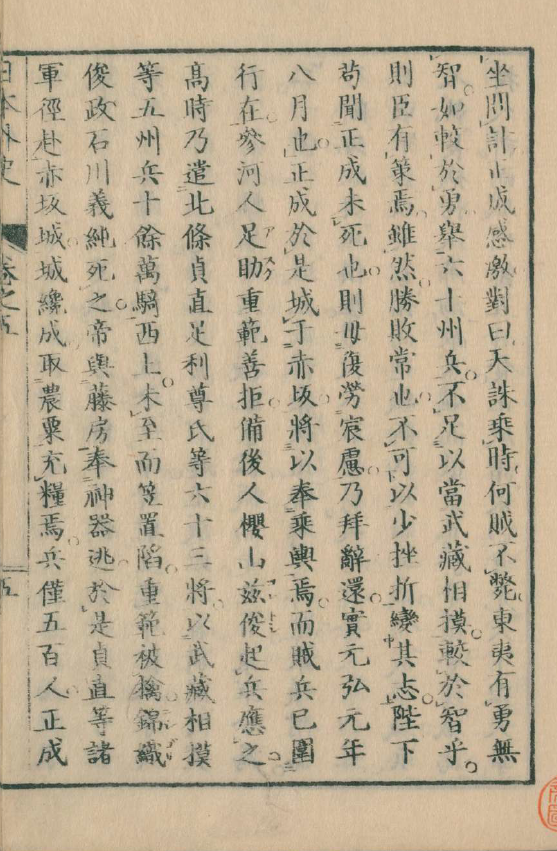Translation and Traveling Texts:
East Asian National Literatures in an Era Without Borders
A Summer Institute for College, Community College, and University Teachers
Translation and Traveling Texts: East Asian National Literatures in an Era Without Borders is a two-week residential Institute at Arizona State University in Tempe, Arizona that will be held from June 17th to June 28th, 2024. The Institute focuses on the theory and practice of literary translation, and participants will engage a wide range of scholarship on the topic of translation and gain real-life experience translating a variety of written and visual texts. As a second theme, consideration will be given to the history of East Asian literatures, and how texts and perspectives from the Chinese, Japanese, and Korean literary traditions might be incorporated into participants’ teaching and research. No knowledge of a foreign language is required for participation in the Institute, and no previous knowledge of East Asia or East Asian literature is expected or presumed.
The classical Chinese language acted as a scriptural lingua franca throughout much of premodern East Asia, in a manner roughly comparable to Latin in medieval Europe and Sanskrit in South Asia. Chinese texts were imported into Japan and Korea at an early date, and Chinese script was adopted and adapted via a variety of strategies to read and write texts in Japanese and Korean. These strategies ranged from annotations and glosses used to read Chinese texts in the local vernaculars, to the development of native phonetic scripts that later became the bases for national literary and linguistic movements. Historically, the act of translation was an integral component of textual culture in East Asia, and in recent years, scholars of translation theory have increasingly turned their attention to the dissemination of Chinese texts in the premodern era and their impact on the literary cultures of Japan and Korea.
Despite its historical importance, the centrality of translation in the development of East Asian literary culture has been largely overlooked as a result of the modern tendency to study literatures within the framework of nation-states and national languages: a tendency that downplays the importance of cross-cultural interaction in the development of East Asian textual culture and obscures a vibrant history of transnational contact and multilingualism.
This Institute invites participants to consider ways of introducing East Asian texts into teaching and research, and uses translation as a lens for exploring and experimenting with short primary texts written in Chinese, Japanese, and Korean in a range of activities that might be easily adapted for participants' own classroom needs.
Questions to be considered and discussed include:
1) What is "translation," and what role has it played in the development of East Asian literary culture? How do contemporary insights from the field of translation studies help us understand this process of development, and how can we use translation as a lens for discussing the development of literature in both premodern East Asia and in the world more broadly? Finally, how do individual case studies from Chinese, Japanese, and Korean contexts help us to expand and redefine the term “translation” itself?
2) What are some of the ways that writers and translators have theorized the act of translation (both in East Asian and more general contexts), and how do we incorporate these insights into our own research and teaching? How do the choices we make about what to translate and assign in our classes affect the process of canon formation and the representation of East Asian texts and cultures at both academic and more popular levels?
3) What are some of the points of connection–linguistic, geographic, and cultural–uniting various cultures in premodern East Asia, and how did the flow of texts and ideas through these nodes impact the formation of local and cosmopolitan identities? To what extent do these premodern identities map onto the framework established by the modern nation-state, and what is revealed when we move beyond the nation-state in analyzing these literary and cultural networks?
4) If we acknowledge that texts and ideas circulated far beyond contemporary political and linguistic borders, how do we reflect these transnational flows in our own research and teaching? How do we create meaningful connections between our own scholarship and teaching in the East Asian context and that of other scholars researching translation in English, comparative literature, and other national literary contexts?

This Institute has been made possible by a grant from the National Endowment for the Humanities: Democracy demands wisdom.
NEH Institutes and Landmarks programs are intended to extend and deepen knowledge and understanding of the humanities by focusing on significant topics, texts, and issues; contribute to the intellectual vitality and professional development of participants; and foster a community of inquiry that provides models of excellence in scholarship and teaching.
NEH expects that project directors will take responsibility for encouraging an ethos of openness and respect, upholding the basic norms of civil discourse.
Institute and Landmarks presentations and discussions should be:
1. firmly grounded in rigorous scholarship, and thoughtful analysis;
2. conducted without partisan advocacy;
3. respectful of divergent views;
4. free of ad hominem commentary; and
5. devoid of ethnic, religious, gender, disability, or racial bias.
NEH welcomes comments, concerns, or suggestions on these principles at [email protected].
Image credit: Page from Rai San’yō’s Nihon gaishi, 1844.
